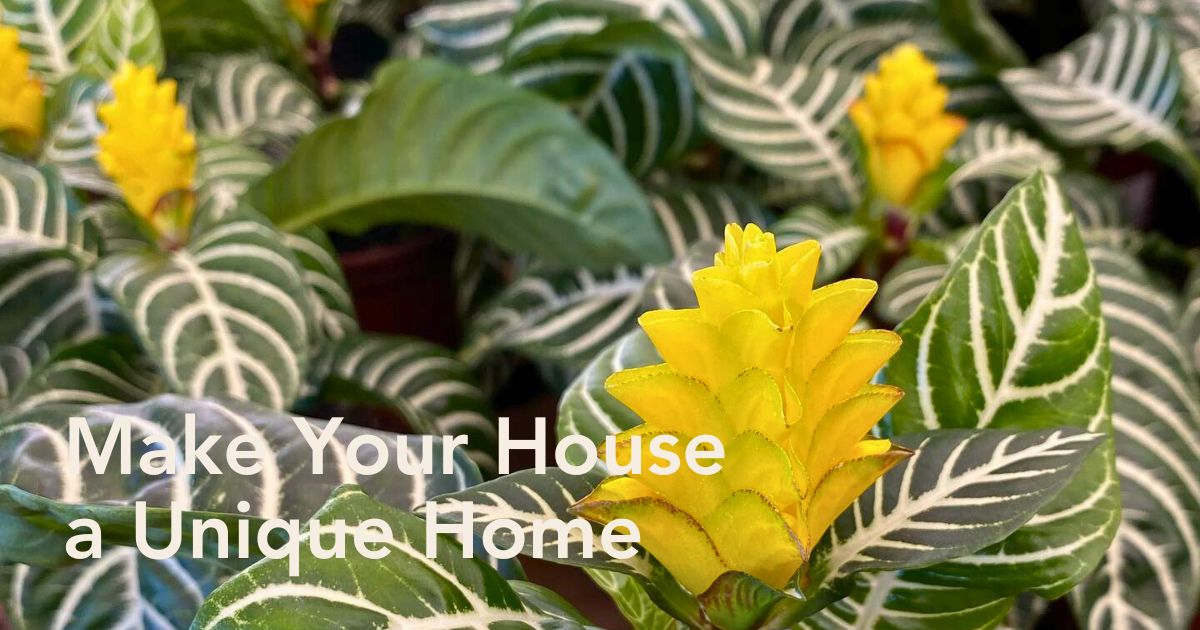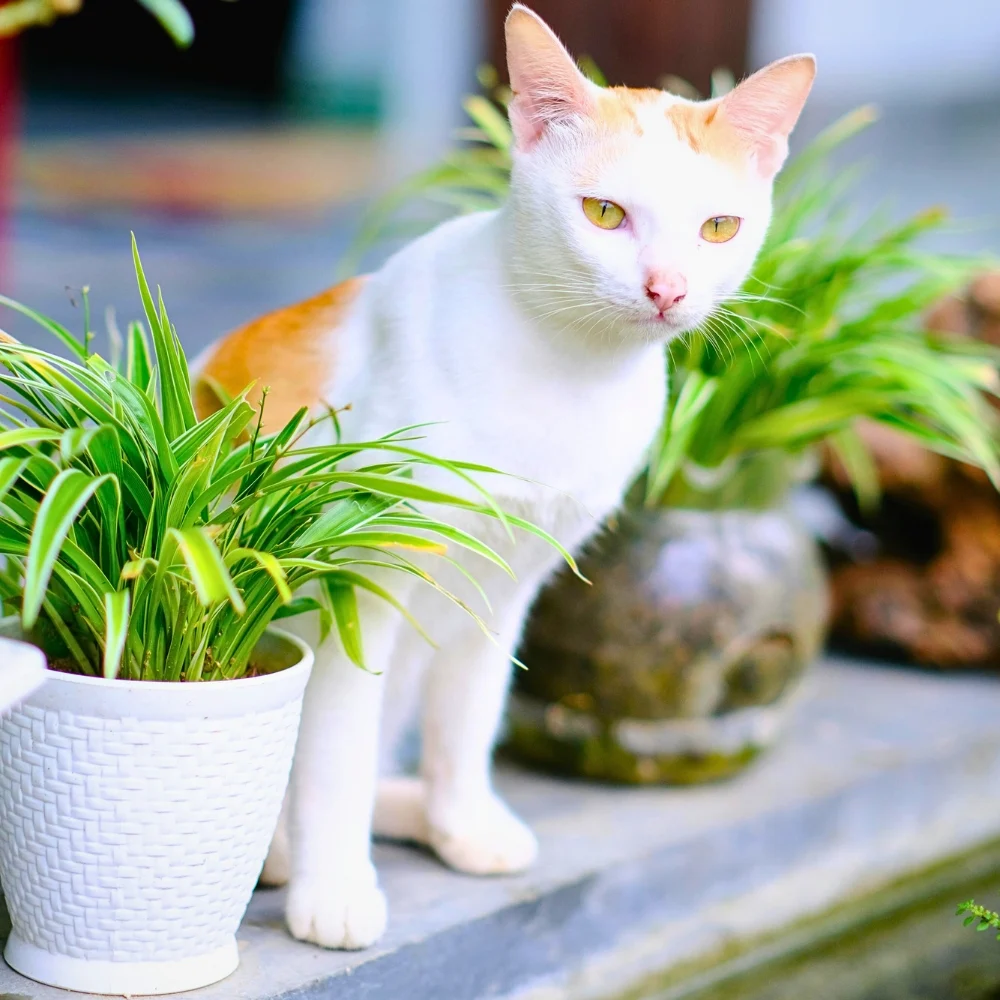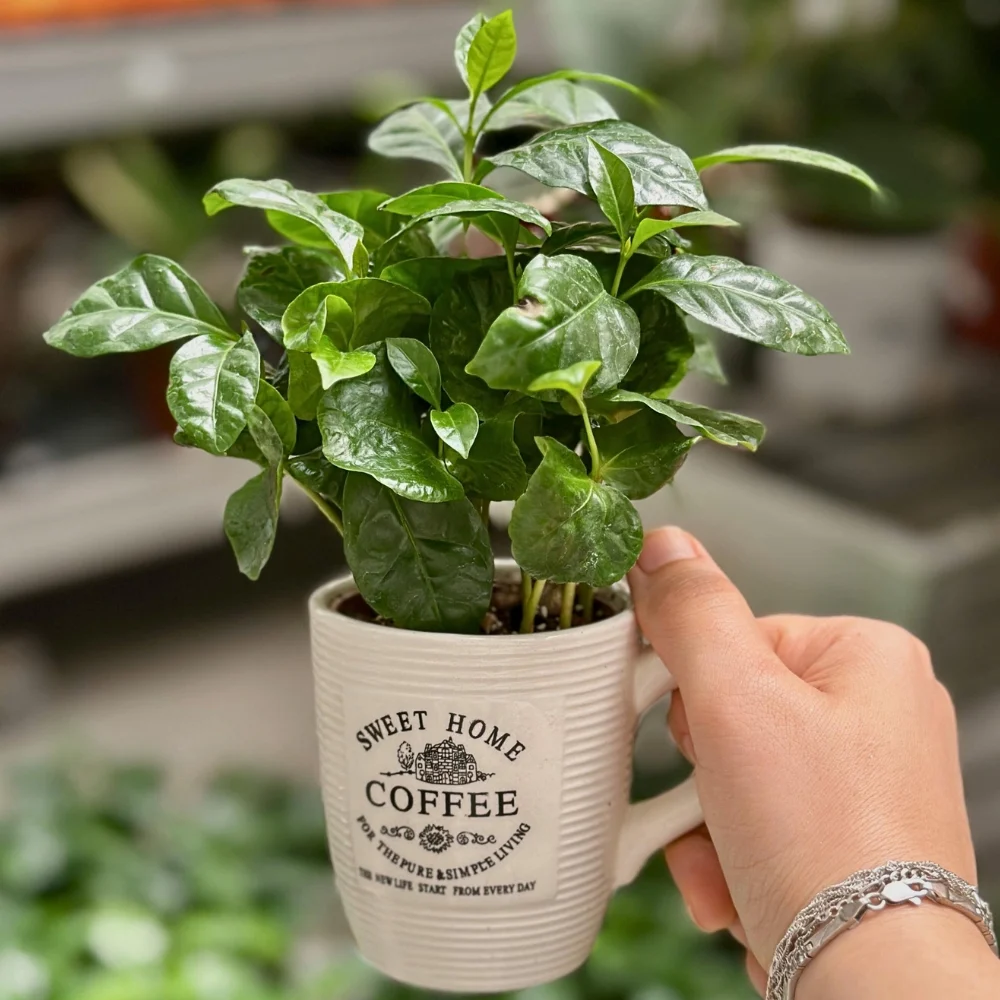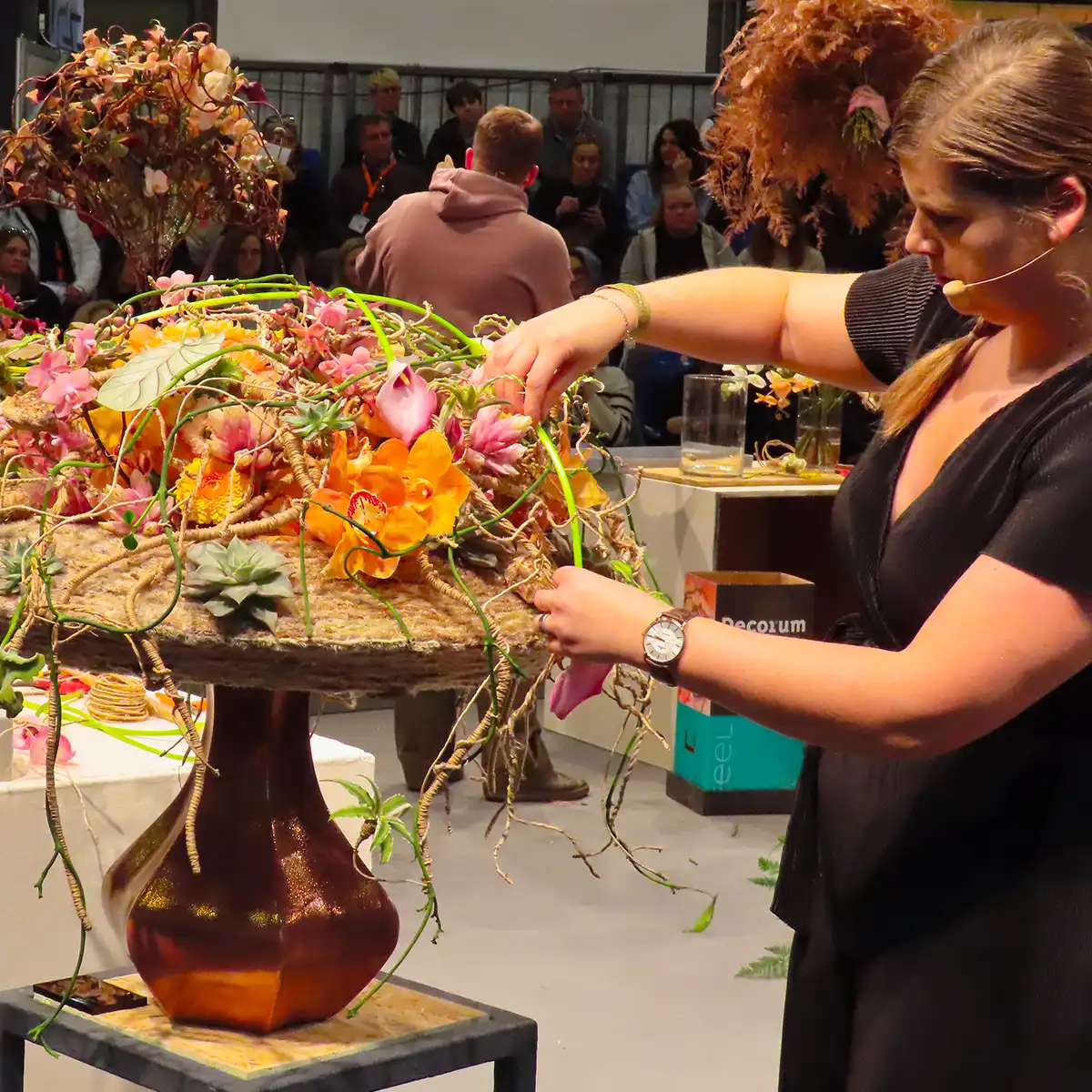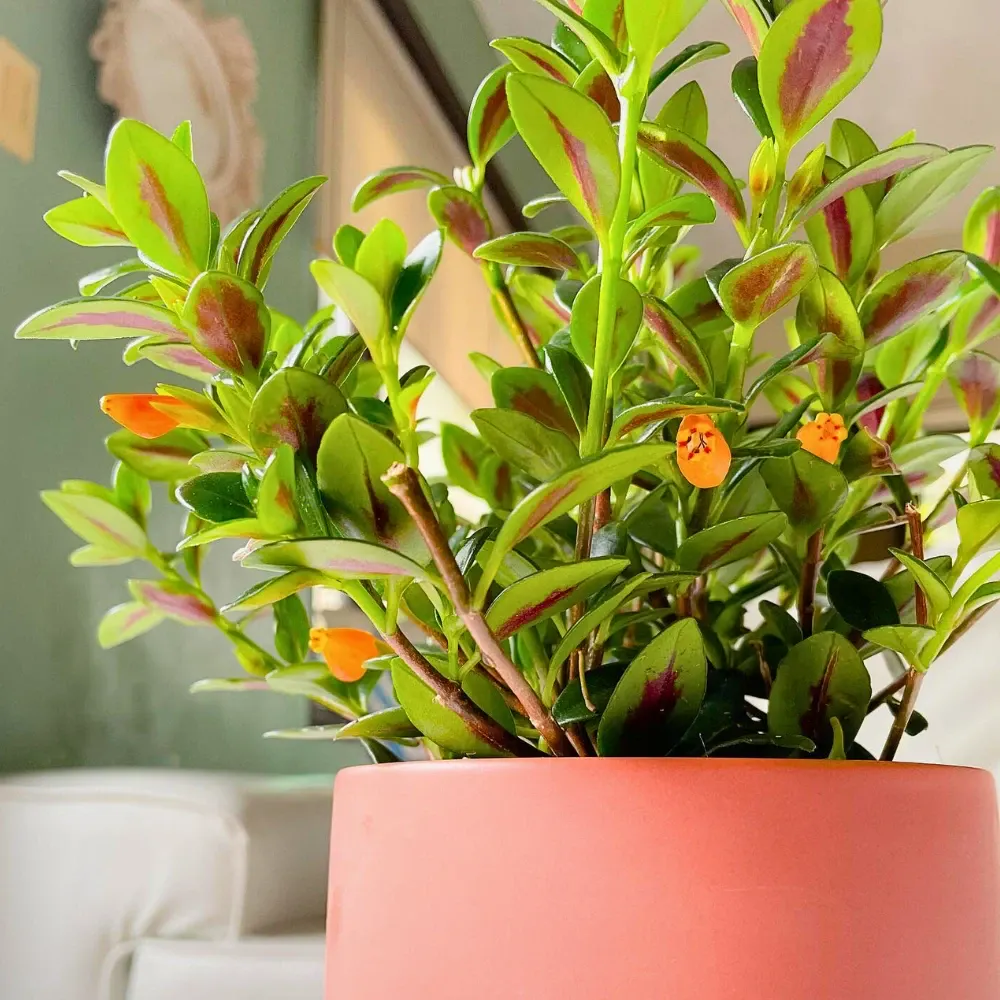Welcome to the world of Aphelandra squarrosa, known as the Zebra Plant! This tropical houseplant is becoming very popular. Its striking dark green leaves, unique patterns, and bright yellow flowers surely bring a tropical touch to your home. For those walking by this beauty in a florist shop, is almost impossible not to take such a tropical plant home.
Native to the tropical heat in the lush rainforest of Brazil, the Zebra Plant is loved by indoor gardeners not only because it's so special but because it's relatively easy to care for. Let's explore how to nurture this tropical plant and help it thrive.
Grower Richplant—known for his wide assortment of top-notch plants, like the Aphelandra many of which are sold under the Decorum Only label—produces this beauty year-round, so there's always a chance to find it in a shop near you!
Understanding Aphelandra Squarrosa - Meet the Zebra Plants
Aphelandra squarrosa is part of the Acanthaceae family. This family, with many varieties, is also known for its medical qualities: various pharmacological properties, including anti-diabetic, anti-inflammatory, immunosuppressive, neuroprotective, anti-cancer, and anti-obesity properties.
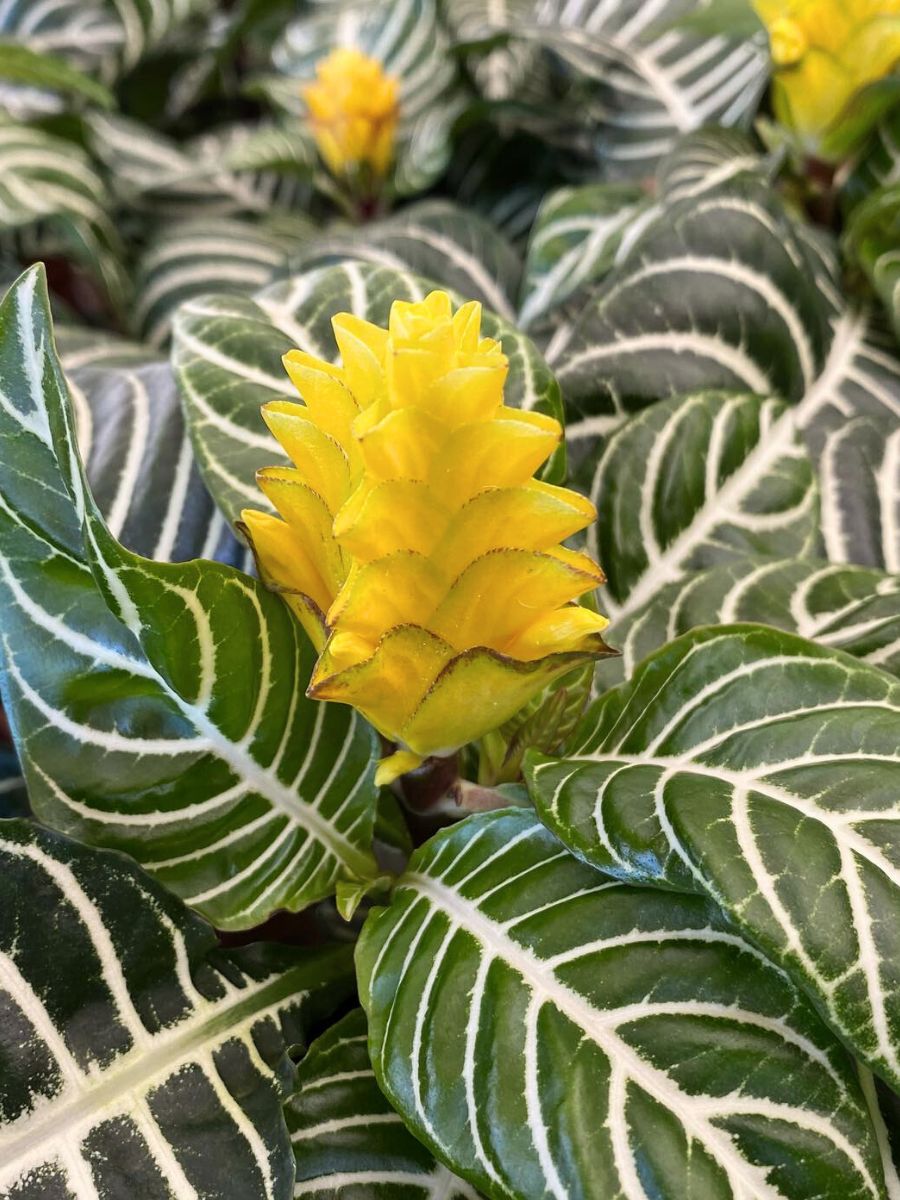
The dark green leaves with bright white veins create a zebra-like pattern, hence the name. The contrast between this plant and the bright yellow flowers gives that extra touch that makes your house a home. It turns your living room into a cozy place or your kitchen counter into a decorative element. During the blooming season, which typically occurs in late summer to early fall, the plant produces striking yellow flowers atop golden bracts, adding these colors to its amazing appearance.
Richplant's farm, a Decorum plant grower, produces this plant year-round. (Read Peter van Delft's blog, Visiting Richard's Richplant, to learn more about this grower.)
Richard Scheffers, Richplant's CEO:
"We have two species of Aphelandra squarrosas in our assortment, namely the Dania and the Botanica. The Dania is the flowering variety and the Botanica is the green variety. The yellow flowers of the Aphelandra squarrosa Dania stay for up to six weeks, then you can cut away these stems. The Aphelandra likes heat, but no direct sunlight, and sufficient water. Whether it's for a fashion house, a restaurant, or just for your home, I hear it all the time, the special leaves give that extra touch to any space."

Consistent Care, Patience, and Lots of Love for Aphelandra Squarrosa - Zebra Plant
Read on to learn what's important to keep these beautiful tropical plants growing and thriving. Although the Aphelandra Zebra Plant is an easy-to-care-for plant, it still needs your attention.
Growth Patterns of the Aphelandras
In its natural environment — the tropical heat (the warm and humid climates of tropical Brazilian forests) — the Aphelandra zebra plant, with its bright yellow flowers, can grow up to 2 meters (6 feet) tall and almost as wide as its height. It's also produced as a houseplant, typically reaching a manageable height of 30-60 cm (1 or 2 feet) when kept indoors. Although it grows slowly, with proper care, your Zebra Plant can be a long-lasting addition to your home. Now, what about the Zebra plant care?
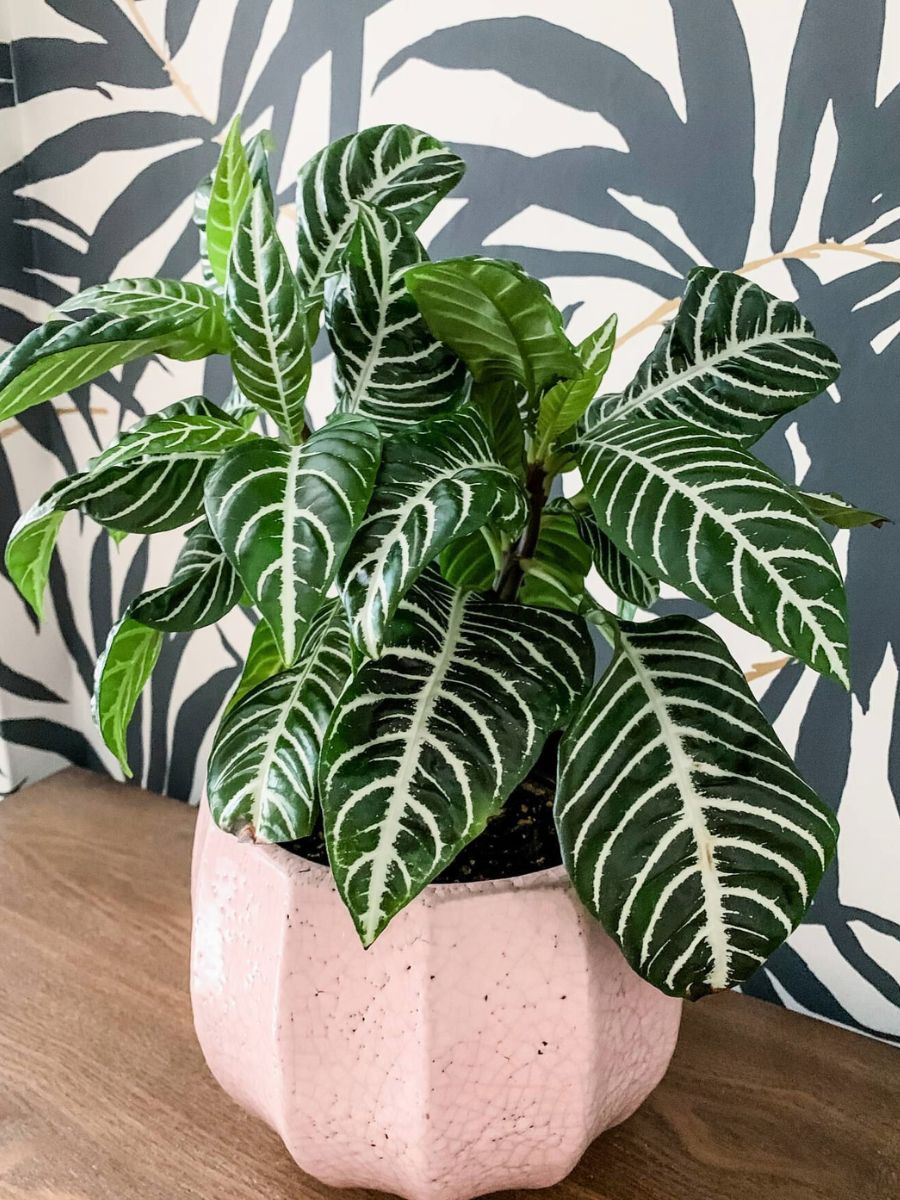
Indirect Light Suits Best for Your Zebra Plant Growth
Zebra Plants thrive in bright, indirect light. Too much direct sun can scorch their leaves, while too little light may cause them to lose their contrasting colors and become leggy. You know? When a plant looks thin and unhealthy?
An east or north-facing window is ideal for providing light because there's no direct sunlight. Outdoors thrive in humid and warm, partial shade locations with filtered sunlight. In your front garden, on the south side, almost against the wall, where the ground stays moist because it's the lowest part of your garden, a giant tree gives partial or complete shade, and it never gets cold - that should be your spot to plant this beautiful Aphelandra.
Temperature and Humidity Needs of Aphelandra Plants
As a tropical plant, the Zebra Plant thrives in warm temperatures between 18°C to 25°C (65°F and 75°F). It's essential to avoid sudden temperature changes and drafts. Cold is not good. For example, when it goes from warmer to colder at night, this is not ideal for the Aphelandra squarrosa.
High humidity is also crucial; aim for 60-70% humidity. Using a humidifier nearby or placing your plant on a pebble tray with water can help maintain the necessary moisture levels. It's important to mimic tropical heat and humidity.
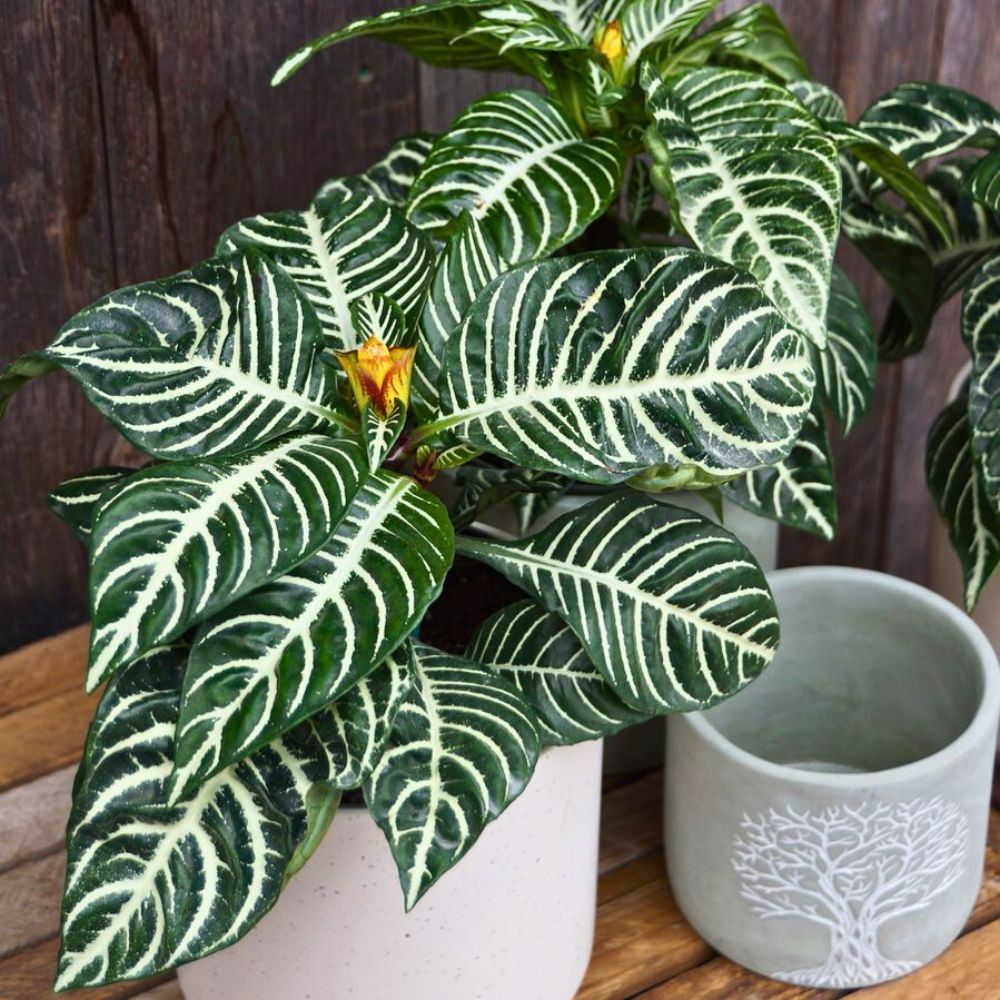
Soil and Potting of Aphelandra Squarrosa
A well-draining potting mix is essential for your Zebra Plant care and to prevent root rot. A combination of peat, pine bark, and perlite works well. Ensure the pot has drainage to prevent water from accumulating at the bottom, which can lead to root rot. Repotting every two years, preferably in the spring, helps refresh the soil and provides more space for growth.
Nurturing Your Zebra Plant with Proper Watering
Keep the soil consistently moist but not waterlogged. This will prevent root rot. Water your Zebra Plant when the top inch of soil feels dry or the plant's weight is no longer sufficient. Yellowing leaves can indicate overwatering, while drooping leaves may indicate underwatering. During the winter months, reduce watering as the plant's growth slows.
Feeding Routines for Zebra Plants
Feed your Zebra Plant with a balanced, water-soluble fertilizer every two weeks during the growing season (spring and summer). Dilute the fertilizer to half the recommended strength to avoid damaging the roots. In fall and winter, reduce feeding to once a month.
Zebra Plant Care - Dealing with Common Pest Issues
Look for common pests like spider mites, aphids, and mealybugs. Regularly inspect your plant and treat any infestations with insecticidal soap or neem oil. Isolating affected plants can prevent the pests from spreading.
Disease Vulnerability of Aphelandra Squarrosa
Overwatering can lead to root rot, a common issue for tropical plants like Zebra Plants. Ensure proper drainage and avoid letting the plant sit in water. High humidity can sometimes cause leaf spots and powdery mildew. Improving air circulation around the plant and removing affected leaves promptly can help.

Dealing With Leaf Drop in Zebra Plants
Leaf drops can occur in many tropical plants due to sudden temperature, light, or humidity changes. When this occurs, you also get leaf drops in the Aphelandras. Gradually acclimate your plant to new conditions and maintain a consistent care routine to minimize stress.
Propagating Your Zebra Plant
Propagating the Zebra Plant is a rewarding way to grow more of these beauties. Take 10-15 cm (4-6 inch) stem cuttings from a healthy plant, remove the lower leaves, dip the cut end in the rooting hormone, or at least let it drink from water with plant food.
Plant the cutting in a moist potting mix and cover it with a plastic bag to create a humid environment. Keep the cutting in bright, indirect light and maintain consistent moisture. Roots should develop in 4 to 6 weeks.
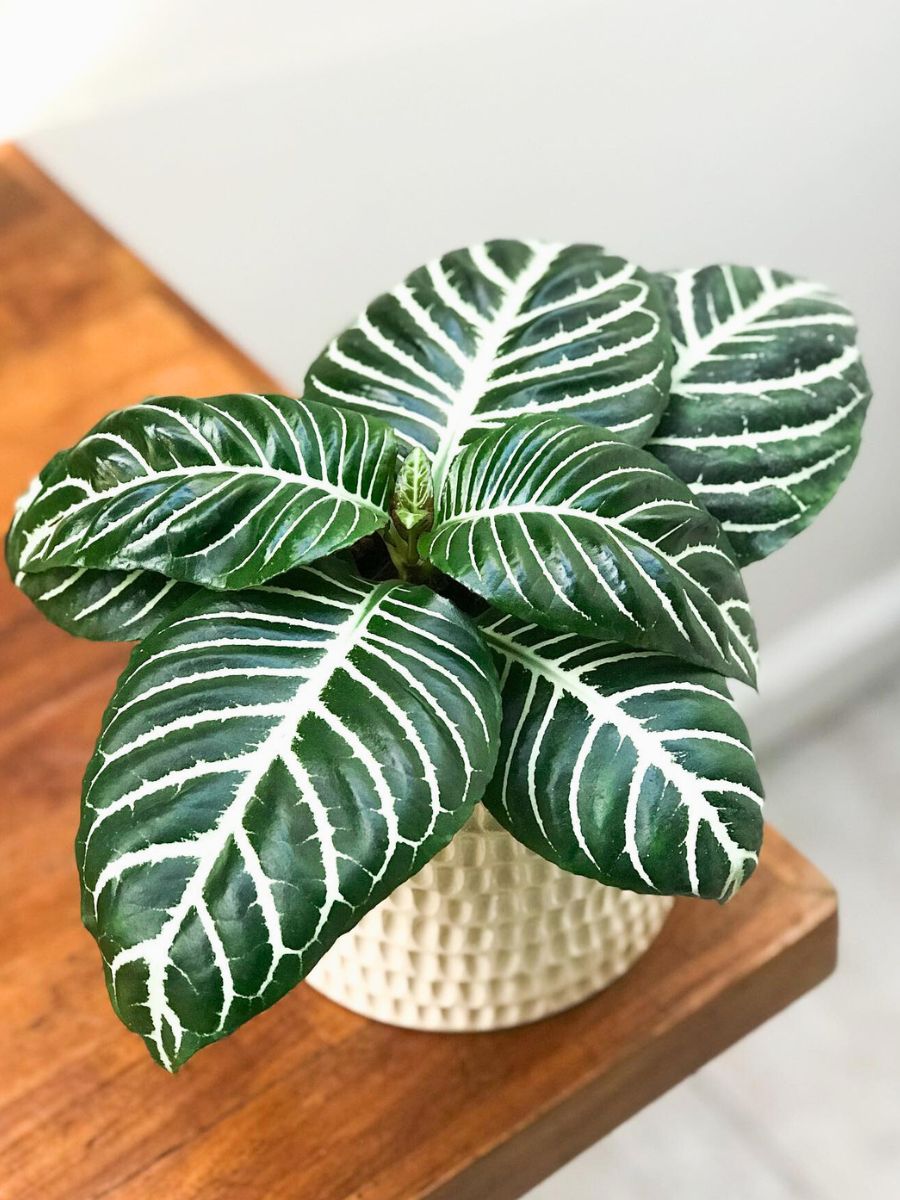
When the Zebra Plant thrives, it is a delightful addition to any home. With its special foliage and yellow flowers, it can become the centerpiece of your indoor garden.
By providing the right conditions and care, you can enjoy the beauty of this tropical plant for many years. Remember, consistent care, patience, and love are key to success. Happy zebra plant gardening!

